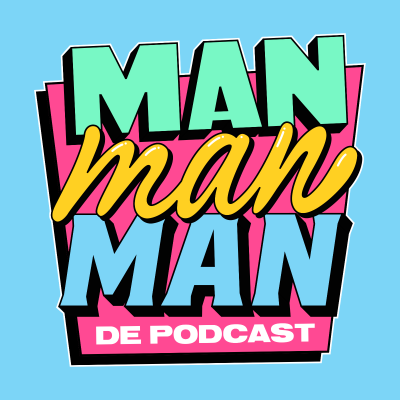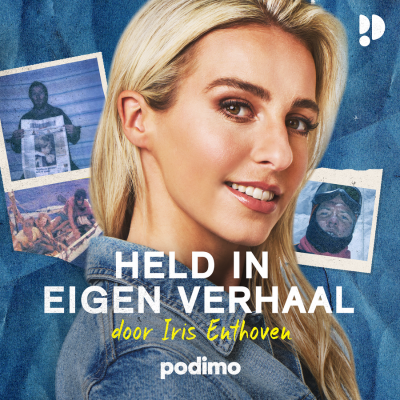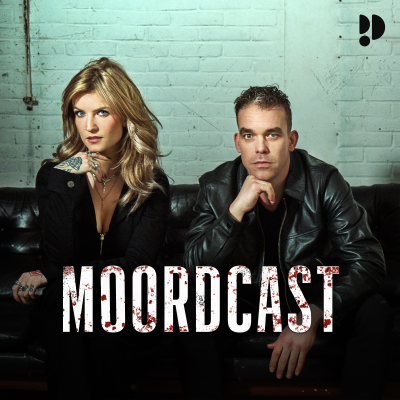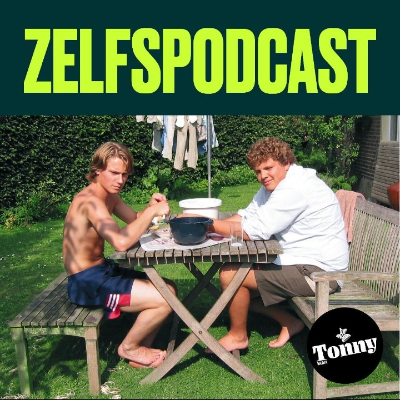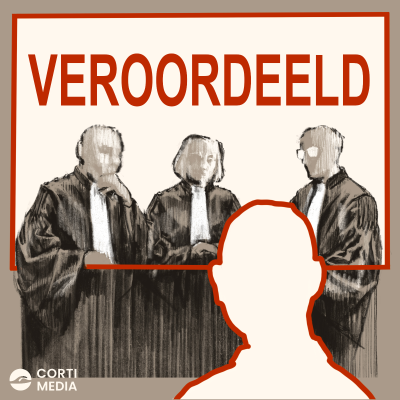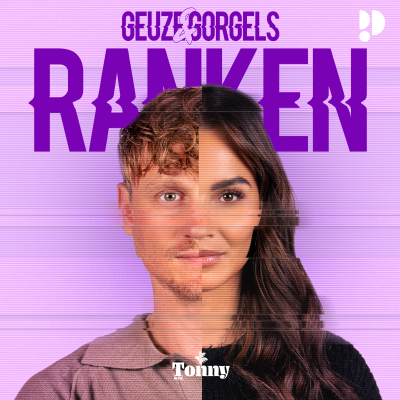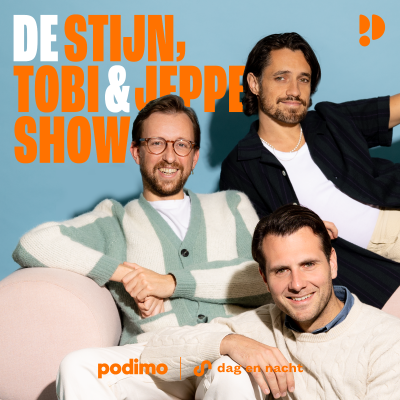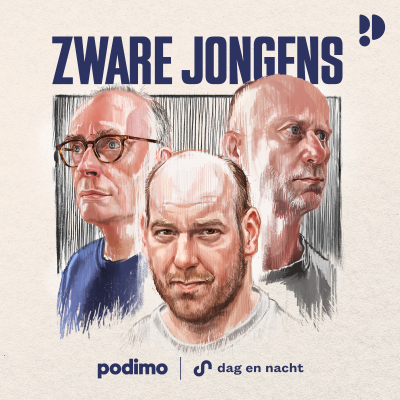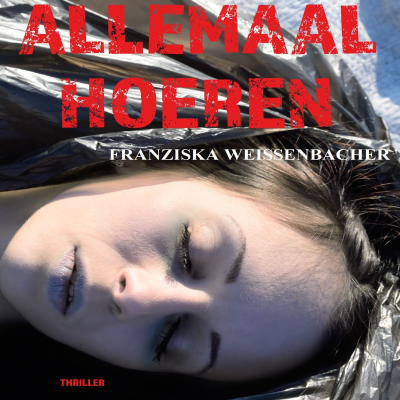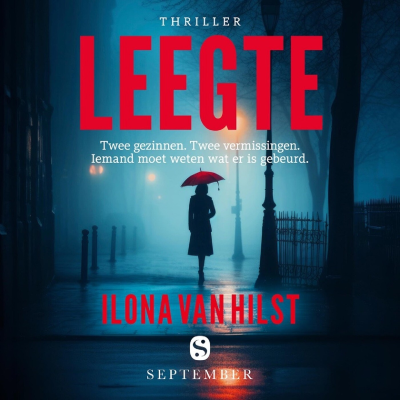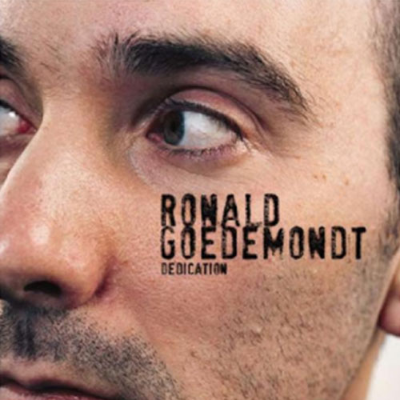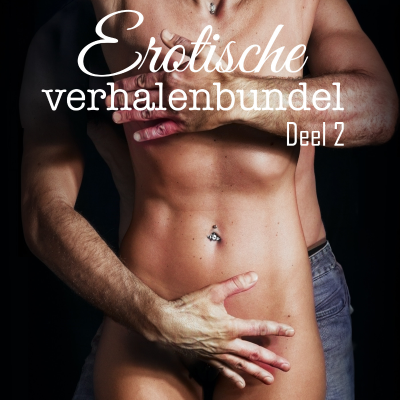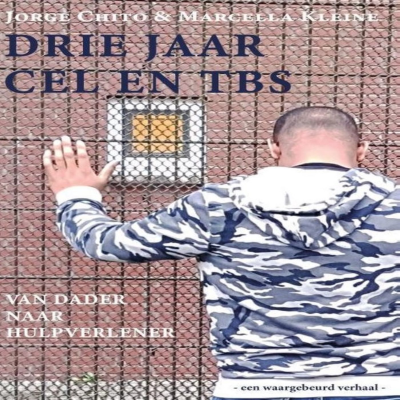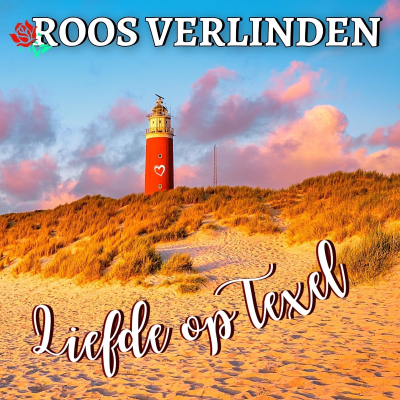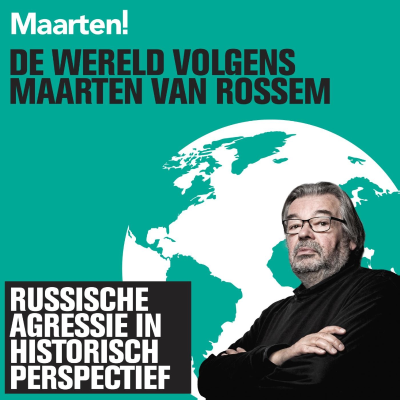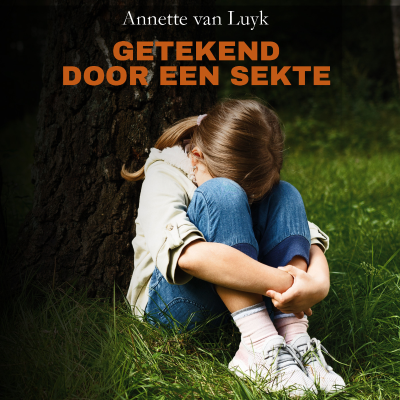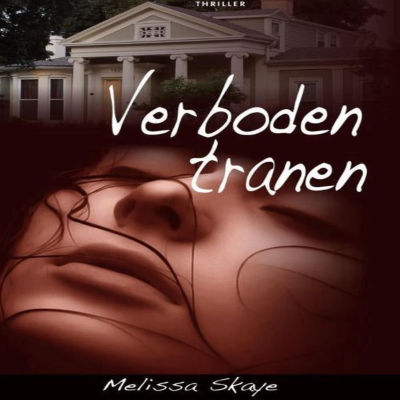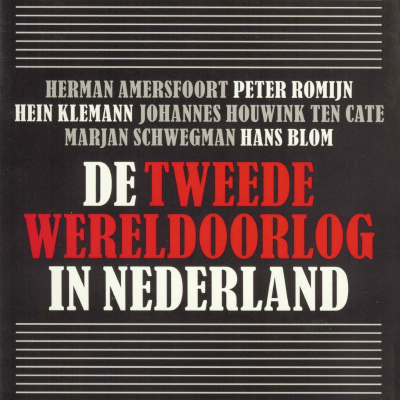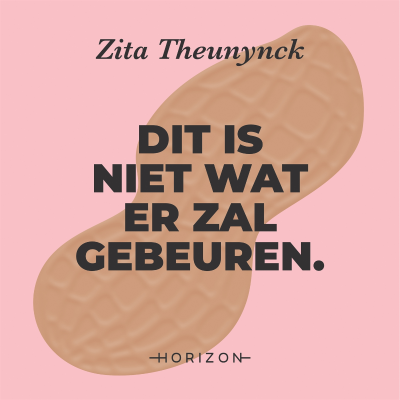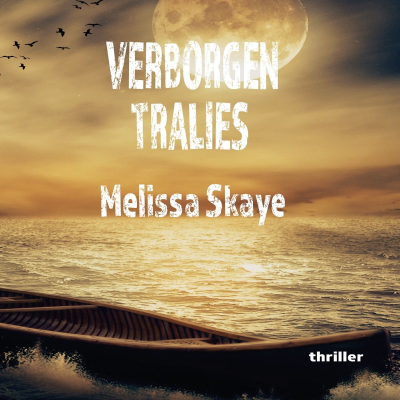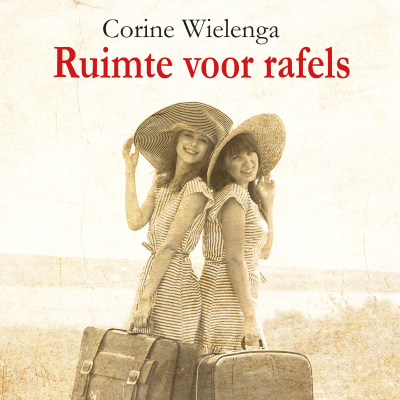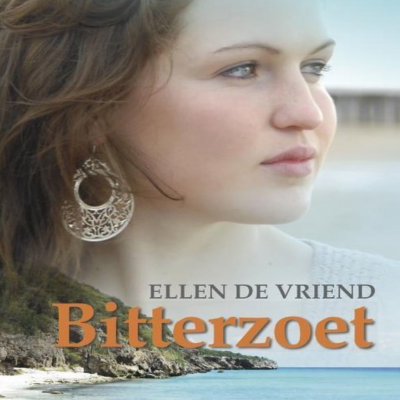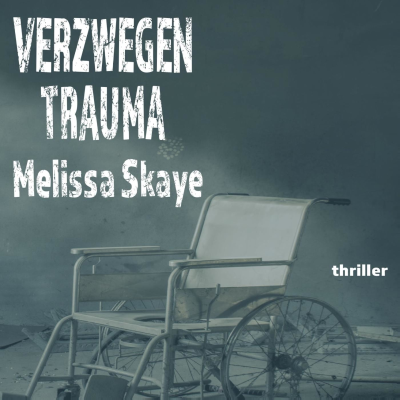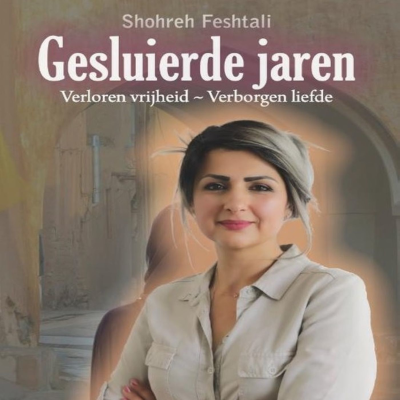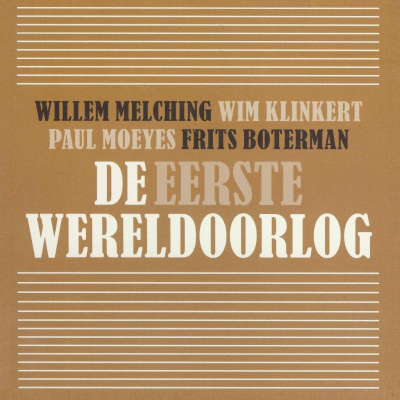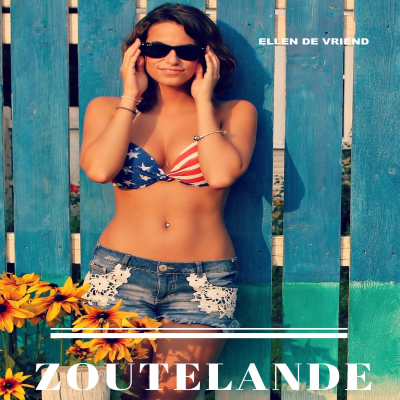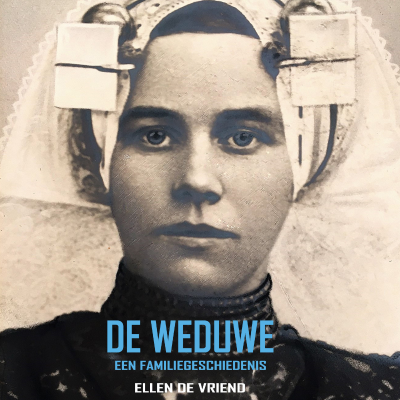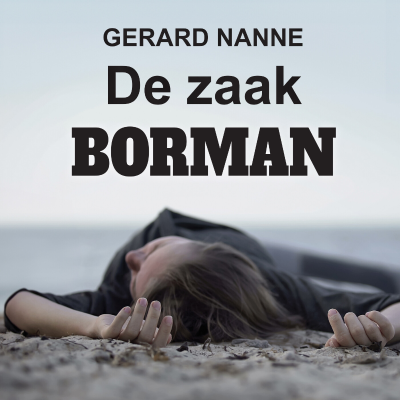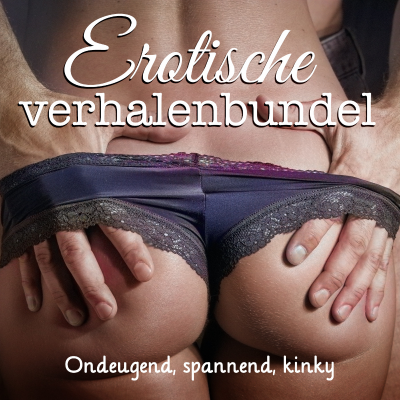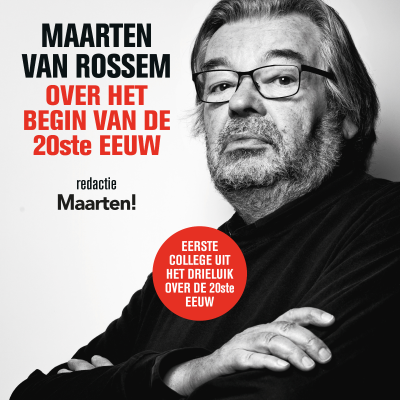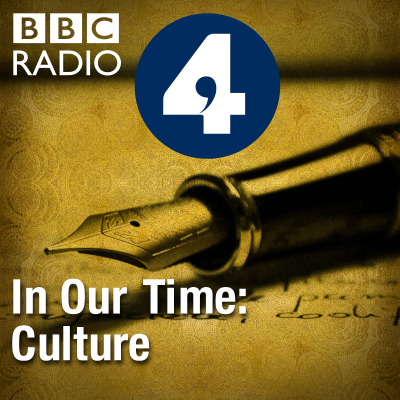
In Our Time: Culture
Podcast door BBC Radio 4
Popular culture, poetry, music and visual arts and the roles they play in our society.
Tijdelijke aanbieding
3 maanden voor € 1,00
Daarna € 9,99 / maandElk moment opzegbaar.
Alle afleveringen
299 afleveringenIn 1897, Gustav Klimt led a group of radical artists to break free from the cultural establishment of Vienna and found a movement that became known as the Vienna Secession. In the vibrant atmosphere of coffee houses, Freudian psychoanalysis and the music of Wagner and Mahler, the Secession sought to bring together fine art and music with applied arts such as architecture and design. The movement was characterized by Klimt’s stylised paintings, richly decorated with gold leaf, and the art nouveau buildings that began to appear in the city, most notably the Secession Building, which housed influential exhibitions of avant-garde art and was a prototype of the modern art gallery. The Secessionists themselves were pioneers in their philosophy and way of life, aiming to immerse audiences in unified artistic experiences that brought together visual arts, design, and architecture. With: Mark Berry, Professor of Music and Intellectual History at Royal Holloway, University of London Leslie Topp, Professor Emerita in History of Architecture at Birkbeck, University of London And Diane Silverthorne, art historian and 'Vienna 1900' scholar Producer: Eliane Glaser Reading list: Mark Berry, Arnold Schoenberg: Critical Lives (Reaktion Books, 2018) Gemma Blackshaw, Facing the Modern: The Portrait in Vienna 1900 (National Gallery Company, 2013) Elizabeth Clegg, Art, Design and Architecture in Central Europe, 1890-1920 (Yale University Press, 2006) Richard Cockett, Vienna: How the City of Ideas Created the Modern World (Yale University Press, 2023) Stephen Downes, Gustav Mahler (Reaktion Books, 2025) Peter Gay, Freud, Jews, and Other Germans: Masters and Victims in Modernist Culture (Oxford University Press, 1979) Tag Gronberg, Vienna: City of Modernity, 1890-1914 (Peter Lang, 2007) Allan S. Janik and Hans Veigl, Wittgenstein in Vienna: A Biographical Excursion Through the City and its History (Springer/Wien, 1998) Jill Lloyd and Christian Witt-Dörring (eds.), Vienna 1900: Style and Identity (Hirmer Verlag, 2011) William J. McGrath, Dionysian Art and Populist Politics in Austria (Yale University Press, 1974) Tobias Natter and Christoph Grunenberg (eds.), Gustav Klimt: Painting, Design and Modern Life (Tate, 2008) Carl E. Schorske, Fin-de-siècle Vienna: Politics and Culture (Vintage, 1979) Elana Shapira, Style and Seduction: Jewish Patrons, Architecture and Design in Fin-de-Siècle Vienna (Brandeis University Press, 2016) Diane V Silverthorne, Dan Reynolds and Megan Brandow-Faller, Die Fläche: Design and Lettering of the Vienna Secession, 1902-1911 (Letterform Archive, 2023) Edward Timms, Karl Kraus: Apocalyptic Satirist: Culture & Catastrophe in Habsburg Vienna (Yale University Press, 1989) Leslie Topp, Architecture and Truth in Fin-de-Siècle Vienna (Cambridge University Press, 2004) Peter Vergo, Art in Vienna, 1898-1918: Klimt, Kokoschka, Schiele and Their Contemporaries (4th ed., Phaidon, 2015) Hans-Peter Wipplinger (ed.), Vienna 1900: Birth of Modernism (Walther & Franz König, 2019) Hans-Peter Wipplinger (ed.), Masterpieces from the Leopold Museum (Walther & Franz König) Stefan Zweig, The World of Yesterday: An Autobiography (University of Nebraska Press, 1964) In Our Time is a BBC Studios Audio Production Spanning history, religion, culture, science and philosophy, In Our Time from BBC Radio 4 is essential listening for the intellectually curious. In each episode, host Melvyn Bragg and expert guests explore the characters, events and discoveries that have shaped our world.
Melvyn Bragg and guests discuss one of the great figures in world literature. The French playwright Molière (1622-1673) began as an actor, aiming to be a tragedian, but he was stronger in comedy, touring with a troupe for 13 years until Louis XIV summoned him to audition at the Louvre and gave him his break. It was in Paris and at Versailles that Molière wrote and performed his best known plays, among them Tartuffe, Le Misanthrope and Le Malade Imaginaire, and in time he was so celebrated that French became known as The Language of Molière. With Noel Peacock Emeritus Marshall Professor in French Language and Literature at the University of Glasgow Jan Clarke Professor of French at Durham University And Joe Harris Professor of Early Modern French and Comparative Literature at Royal Holloway, University of London Producer: Simon Tillotson Reading list: David Bradby and Andrew Calder (eds.), The Cambridge Companion to Molière (Cambridge University Press, 2006) Jan Clarke (ed.), Molière in Context (Cambridge University Press, 2022) Georges Forestier, Molière (Gallimard, 2018) Michael Hawcroft, Molière: Reasoning with Fools (Oxford University Press, 2007) John D. Lyons, Women and Irony in Molière’s Comedies of Mariage (Oxford University Press, 2023) Robert McBride and Noel Peacock (eds.), Le Nouveau Moliériste (11 vols., University of Glasgow Presw, 1994- ) Larry F. Norman, The Public Mirror: Molière and the Social Commerce of Depiction (University of Chicago Press, 1999) Noel Peacock, Molière sous les feux de la rampe (Hermann, 2012) Julia Prest, Controversy in French Drama: Molière’s Tartuffe and the Struggle for Influence (Palgrave Macmillan, 2014) Virginia Scott, Molière: A Theatrical Life (Cambridge University Press, 2020) In Our Time is a BBC Studios Audio Production
Melvyn Bragg and guests discuss one of the most energetic, varied and innovative playwrights of his time. Thomas Middleton (1580-1627) worked across the London stages both alone and with others from Dekker and Rowley to Shakespeare and more. Middleton’s range included raucous city comedies such as A Chaste Maid in Cheapside and chilling revenge tragedies like The Changeling and The Revenger’s Tragedy, some with the main adult companies and some with child actors playing the scheming adults. Middleton seemed to be everywhere on the Jacobean stage, mixing warmth and cruelty amid laughter and horror, and even Macbeth’s witches may be substantially his work. With Emma Smith Professor of Shakespeare Studies at Hertford College, University of Oxford Lucy Munro Professor of Shakespeare and Early Modern Literature at Kings College London And Michelle O’Callaghan Professor of Early Modern Literature at the University of Reading Producer: Simon Tillotson Reading list: Swapan Chakravorty, Society and Politics in the Plays of Thomas Middleton (Clarendon Press, 1996) Suzanne Gossett (ed.), Thomas Middleton in Context (Cambridge University Press, 2011) R.V. Holdsworth (ed.), Three Jacobean Revenge Tragedies: A Selection of Critical Essays (Macmillan, 1990), especially ‘Calvinist Psychology in Middleton’s Tragedies’ by John Stachniewski Mark Hutchings and A. A. Bromham, Middleton and His Collaborators (Northcote House, 2007) Gordon McMullan and Kelly Stage (eds.), The Changeling: The State of Play (The Arden Shakespeare, 2022) Lucy Munro, Shakespeare in the Theatre: The King's Men (The Arden Shakespeare, 2020) David Nicol, Middleton & Rowley: Forms of Collaboration in the Jacobean Playhouse (University of Toronto Press, 2012) Michelle O’Callaghan, Thomas Middleton: Renaissance Dramatist (Edinburgh University Press, 2009) Gary Taylor and Trish Thomas Henley (eds.), The Oxford Handbook of Thomas Middleton (Oxford University Press, 2012) In Our Time is a BBC Studios Audio Production
Melvyn Bragg and guests discuss the renowned and versatile Irish writer Oliver Goldsmith (1728 - 1774). There is a memorial to him in Westminster Abbey’s Poet’s Corner written by Dr Johnson, celebrating Goldsmith's life as a poet, natural philosopher and historian. To this could be added ‘playwright’ and ‘novelist’ and ‘science writer’ and ‘pamphleteer’ and much besides, as Goldsmith explored so many different outlets for his talents. While he began on Grub Street in London, the centre for jobbing writers scrambling for paid work, he became a great populariser and compiler of new ideas and knowledge and achieved notable successes with poems such as The Deserted Village, his play She Stoops to Conquer and his short novel The Vicar of Wakefield. With David O’Shaughnessy Professor of Eighteenth-Century Studies at the University of Galway Judith Hawley Professor of Eighteenth-Century Literature at Royal Holloway, University of London And Michael Griffin Professor of English at the University of Limerick Producer: Simon Tillotson Reading list: Norma Clarke, Brothers of the Quill: Oliver Goldsmith in Grub Street (Harvard University Press, 2016) Leo Damrosch, The Club: Johnson, Boswell, and the Friends Who Shaped an Age (Yale University Press, 2019) Oliver Goldsmith (ed. Aileen Douglas and Ian Campbell Ross), The Vicar of Wakefield: A Tale, Supposed to Be Written by Himself (first published 1766; Cambridge University Press, 2024) Oliver Goldsmith (ed. Arthur Friedman), The Vicar of Wakefield (first published 1766; Oxford University Press, 2008) Oliver Goldsmith (ed. Arthur Friedman), The Collected Works of Oliver Goldsmith, 5 vols (Clarendon Press, 1966) Oliver Goldsmith (ed. Robert L. Mack), Oliver Goldsmith: Everyman’s Poetry, No. 30 (Phoenix, 1997) Oliver Goldsmith (ed. James Ogden), She Stoops to Conquer (first performed 1773; Methuen Drama, 2003) Oliver Goldsmith (ed. James Watt), The Citizen of the World (first published 1762; Cambridge University Press, 2024) Oliver Goldsmith (ed. Nigel Wood), She Stoops to Conquer and Other Comedies (first performed 1773; Oxford University Press, 2007) Michael Griffin and David O’Shaughnessy (eds.), Oliver Goldsmith in Context (Cambridge University Press, 2024) Michael Griffin and David O’Shaughnessy (eds.), The Letters of Oliver Goldsmith (Cambridge University Press, 2018) Roger Lonsdale (ed.), The Poems of Gray, Collins and Goldsmith (Longmans, 1969) In Our Time is a BBC Studios Audio production
Melvyn Bragg and guests discuss the architect Sir John Soane (1753 -1837), the son of a bricklayer. He rose up the ranks of his profession as an architect to see many of his designs realised to great acclaim, particularly the Bank of England and the Law Courts at Westminster Hall, although his work on both of those has been largely destroyed. He is now best known for his house in Lincoln’s Inn Fields in London, which he remodelled and crammed with antiquities and artworks: he wanted visitors to experience the house as a dramatic grand tour of Europe in microcosm. He became professor of architecture at the Royal Academy, and in a series of influential lectures he set out his belief in the power of buildings to enlighten people about “the poetry of architecture”. Visitors to the museum and his other works can see his trademark architectural features such as his shallow dome, which went on to inspire Britain's red telephone boxes. With: Frances Sands, the Curator of Drawings and Books at Sir John Soane’s Museum Frank Salmon, Associate Professor of the History of Art at the University of Cambridge and Director of the Ax:son Johnson Centre for the Study of Classical Architecture And Gillian Darley, historian and author of Soane's biography. Producer: Eliane Glaser In Our time is a BBC Studios Audio production. Reading list: Barry Bergdoll, European Architecture 1750-1890 (Oxford University Press, 2000) Bruce Boucher, John Soane's Cabinet of Curiosities: Reflections on an Architect and His Collection (Yale University Press, 2024) Oliver Bradbury, Sir John Soane’s Influence on Architecture from 1791: An Enduring Legacy (Routledge, 2015) Gillian Darley, John Soane: An Accidental Romantic (Yale University Press, 1999) Ptolemy Dean, Sir John Soane and the Country Estate (Ashgate, 1999) Ptolemy Dean, Sir John Soane and London (Lund Humphries, 2006) Helen Dorey, John Soane and J.M.W. Turner: Illuminating a Friendship (Sir John Soane’s Museum, 2007) Tim Knox, Sir John Soane’s Museum (Merrell, 2015) Brian Lukacher, Joseph Gandy: An Architectural Visionary in Georgian England (Thames and Hudson, 2006) Susan Palmer, At Home with the Soanes: Upstairs, Downstairs in 19th Century London (Pimpernel Press, 2015) Frances Sands, Architectural Drawings: Hidden Masterpieces at Sir John Soane’s Museum (Batsford, 2021) Sir John Soane’s Museum, A Complete Description (Sir John Soane’s Museum, 2018) Mary Ann Stevens and Margaret Richardson (eds.), John Soane Architect: Master of Space and Light (Royal Academy Publications, 1999) John Summerson, Architecture in Britain 1530-1830 (9th edition, Yale University Press, 1993) A.A. Tait, Robert Adam: Drawings and Imagination (Cambridge University Press, 1993) John H. Taylor, Sir John Soane’s Greatest Treasure: The Sarcophagus of Seti I (Pimpernel Press, 2017) David Watkin, Sir John Soane: Enlightenment Thought and the Royal Academy Lectures (Cambridge University Press, 1996) David Watkin, Sir John Soane: The Royal Academy Lectures (Cambridge University Press, 2000) John Wilton-Ely, Piranesi, Paestum & Soane (Prestel, 2013)
Tijdelijke aanbieding
3 maanden voor € 1,00
Daarna € 9,99 / maandElk moment opzegbaar.
Exclusieve podcasts
Advertentievrij
Gratis podcasts
Luisterboeken
20 uur / maand
